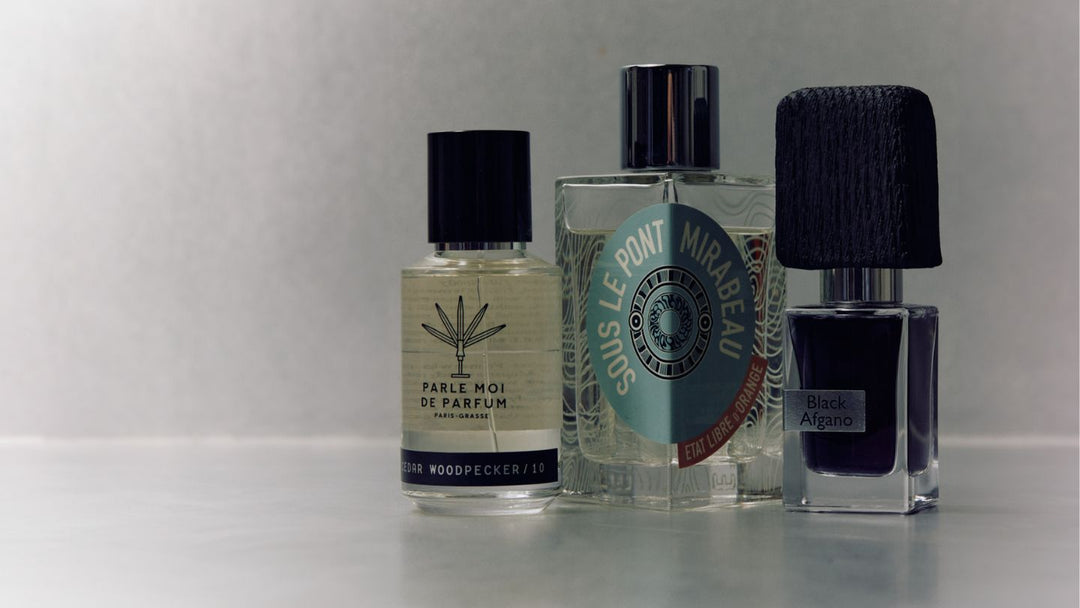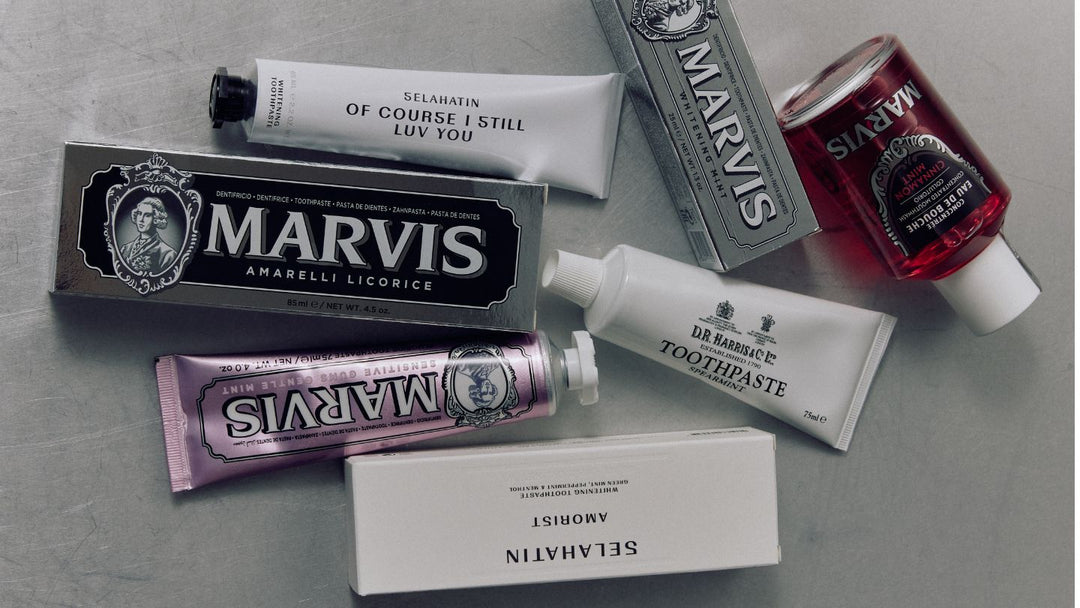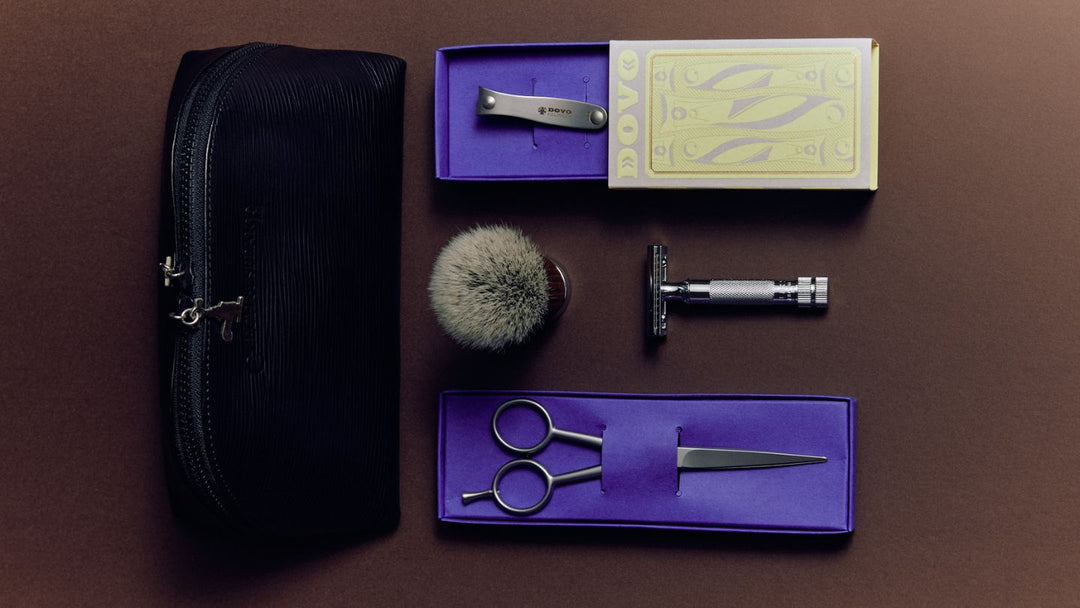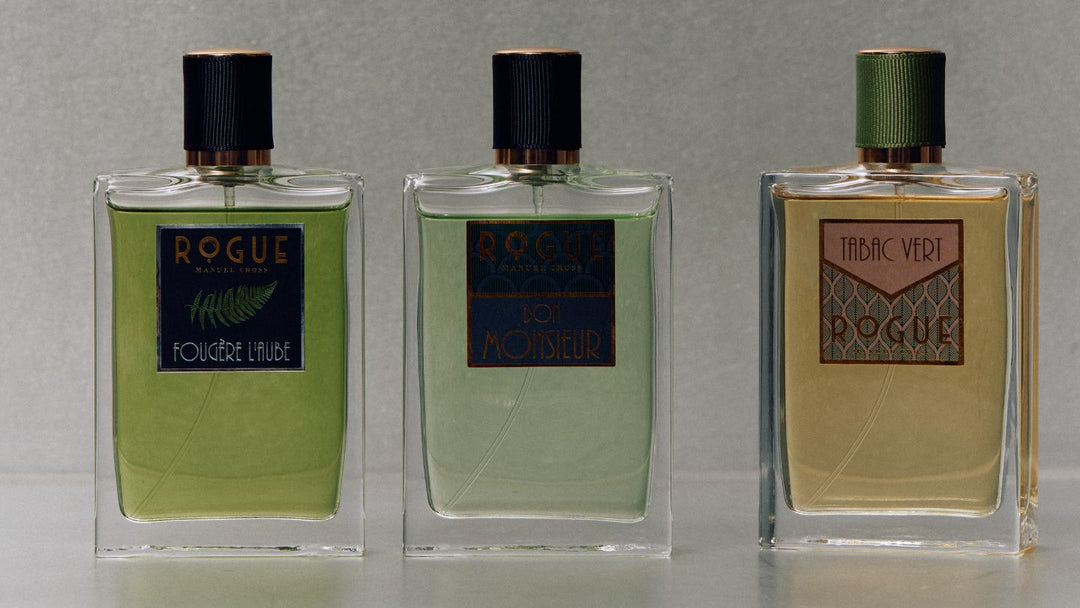A Guide to Bar Soap
Let's begin this article by dispelling the image of the forlorn bar of soap, the scars on its surface mere memories of better days rich with suds and lather.
We love bar soap, and are completely dedicated to its revival, rescued from its perceived status as a relic from a bygone era. Nostalgic values aside, its benefits are numerous. So let us not forget the humble bar soap and its dependable brilliance, its remarkable simplicity, its charm, and its efficacy. And in a world with modern challenges, let us not overlook the enduring relevance of this simple product.
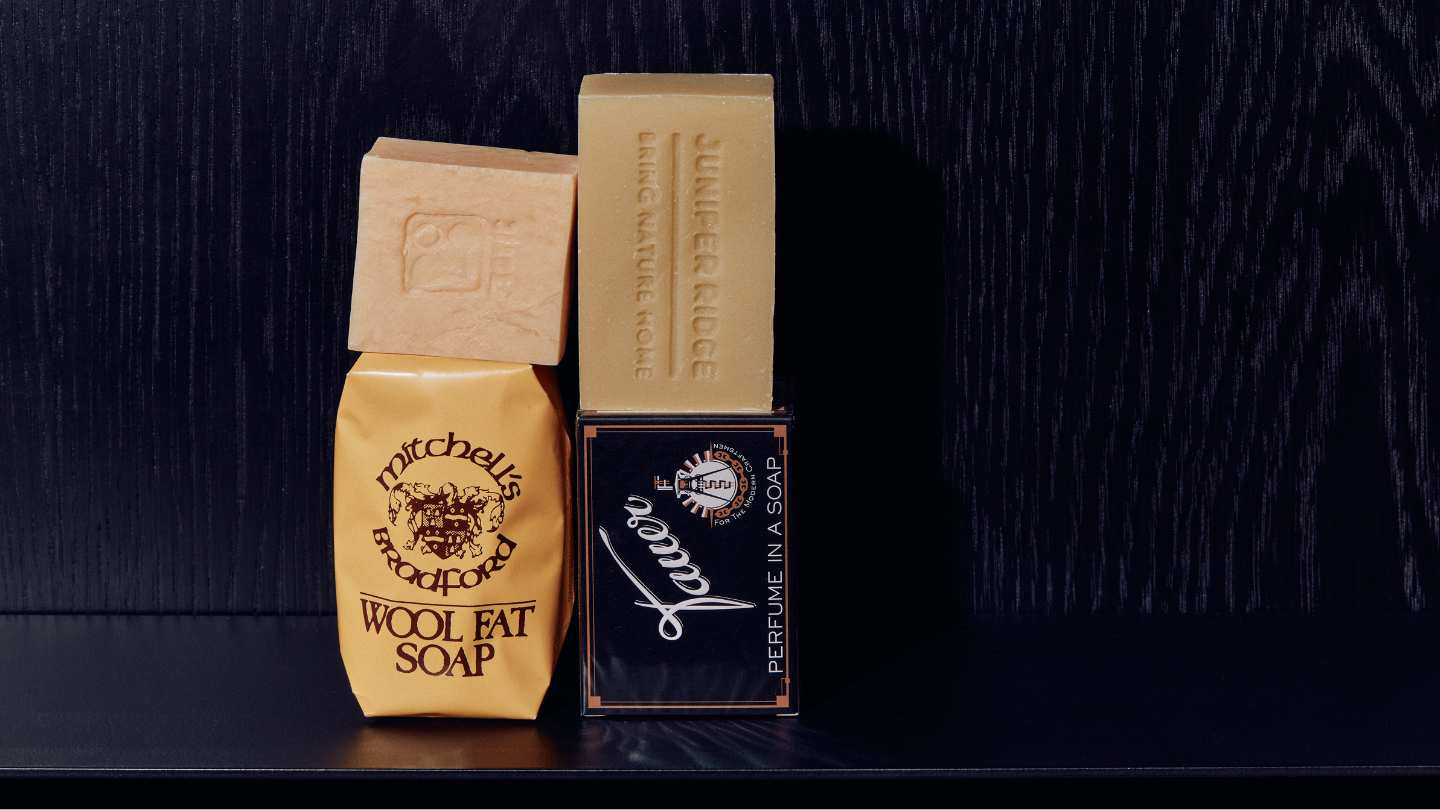
When it comes to compactness, these often rectangular or spheroid blocks of soap are the perfect shape, maximising the amount product you get for the least amount of surface area. Why does this matter? Reducing our environmental impact begins by reducing consumption and waste, and bar soaps tend to be packed with minimal recyclable paper material, especially compared to their liquid counterparts. And let’s not forget that bar soap travels much better than a bulky bottle. For instance, Trumper soaps, which come boxed in sets of 3, pack perfectly inside even the smallest of toiletry bags.
Long(er) Lasting
In addition, bar soaps are dense and concentrated, and made with much less water than liquid soaps. A little goes a long way, producing a rich and stable lather from only a few motions. To prevent wastefulness, apply soap away from running water, then lathering the body with your hands or a loofah.
If used judiciously and stored properly, a single bar can last for months. To ensure this, we suggest running some cold water on its surface immediately after use so that it hardens up. Between uses, allow the soap to drain and air dry in an environment relatively free of humidity - this helps prevent water from accumulating on the soap and dissolving it.
Faultless and Time-Tested Cleaning
The earliest reported soaps were fats mixed with ash, functioning to dissolve and absorb oils. Soaps still operate on this surfactant action today: its molecules consist of respective hydrophobic and hydrophilic ends, attracting the oils on the skin upon lather, dispersing them as we rinse our hands and bodies. Moreover, the alkalinity of soap creates an environment that halts bacterial and viral growth.
Nowadays, the fat used in soaps are quite diverse - with many (if not mostly) plant-based options available. A glance at an ingredients list will often reveal sodium palmate at the top of the list, which derives from the fats found in palm oil. The same goes for sodium stearate, which commonly derives from coconut.
This considered, it is important to give soap time to get to work. As with most things, we recommend diligence and care - wash your hands for 30 seconds, and work the body sufficiently.
The Unsanitary Myth
Perceptions of bar soap being a breeding ground for germs are largely misguided. Based on the principles above, the surface of the soap is largely resistant to nasties - and in no way supports their growth or proliferation.
Variety and Benefits
Soaps are compositionally diverse: clay soaps, glycerine soaps, charcoal soaps, cream soaps, milk soaps, ... to name a few. And whilst all soaps serve to clean the skin, these diverse products address distinct concerns and skin-types.
Clay and charcoal soaps offer deep cleaning benefits as they draw out excess oils, dirt, and grime. The naturally absorbent properties of clay and activated charcoal help unclog pores, promoting clear and radiant skin. FZOTIC’s range of soaps make use of beautiful French clay - and we just love their dramatic look. These soaps are incredible, and are made in the Savon de Marseilles tradition, which is to say they are richly comprised with pampering vegetable oils, including olive, coconut, and apricot kernel oils and shea butter. The soaps are hard, large, and its quality is apparent.
Glycerine soaps are a classic with their appealing translucent appearance. As is the case in skincare, glycerine is a humectant that attracts moisture and locks it in. It is remarkably mild and gentle on the skin - and does not dry out excessively. Triumph & Disaster’s A+R Soap infuses a high proportion of glycerine with soothing almond milk and healing rosehip oil, flecked with oat flakes for light exfoliation. It is so gentle, in fact, that you can use it on your face.
Milk soaps are a marvel, with an enriched formula that moisturises the skin due to its high fat content. They cleanse without stripping, and leave the skin feeling particularly smooth and hydrated. With a pH close to that of the skin, milk soaps help maintain the equilibrium of the skin, preventing both dryness and oiliness. Santa Maria Novella is unparalleled in this category.
Special mention goes out to Mitchell’s Wool Fat Soap. Its central ingredient is sodium tallowate, which is rich and derived from animal fats. It is moisturising and bolstered with lanolin, which is naturally found in wool and is richly emollient, softening and moisturising the skin. It is our most nostalgic soap in scent and sensation.
Tactility and Scent
The feeling of a solid bar of soap in the hand is a pleasure of its own - pure practicality turns into an experience. Its moulded shape, destined to be held, responds with reassurance in its heft and sense of substance. It is an elemental relationship - connecting us to ancient practices of cleaning that are characteristically the same as they are today.
With the increasing popularity of boutique and niche soaps, these products are intent upon beautiful and interesting aromas. Tauer, for instance, goes so far as to describe them as ‘perfume in a soap’, rich with precious essential oils that bestow the soap with increased luxury and significance. When it comes to soap, one is always spoiled for choice.
Cool Factor
Soaps are beautiful objects, often packaged beautifully and rich with design features pleasing on the eye as much as it is on the nose or the skin. They softly scent bathrooms when not in use, and if you are in the habit of stockpiling, even an unopened bar can be left in a drawer to scent fabrics.


